
The urbanization of our population has major implications for climate change. The sheer volume of all this growth in highly concentrated areas, combined with the corresponding growth in carbon emissions, requires that our cities be able to adapt and evolve more quickly than ever before.The good news is: they can.
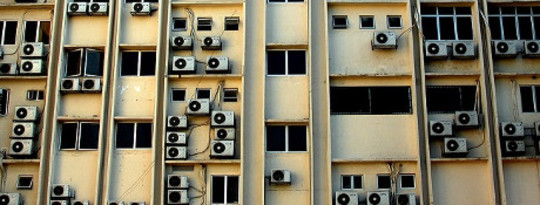
As extremes of heat increasingly threaten to become the norm, scientists have invented a new way to reflect sunlight and beam heat away from buildings straight back into space.

When we design cities like ecosystems, they have the potential to address many of our most pressing issues. Of all the things people build, cities are the most important.

There is no shortage of shouting and dire warnings about the state of the climate and our need to phase out fossil fuels. But there is a more silent revolution happening too — in micropower.

A new book argues that death threats and abuse illustrate how climate change messengers are being demonised in a way that is without parallel in the history of science.
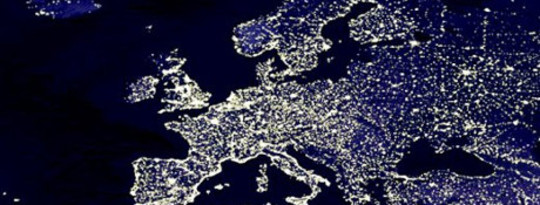
The European Union, nervous about Russia cutting off gas supplies and keen to cut emissions by developing renewable energy sources, aims to link all its 28 member states to one electricity grid.
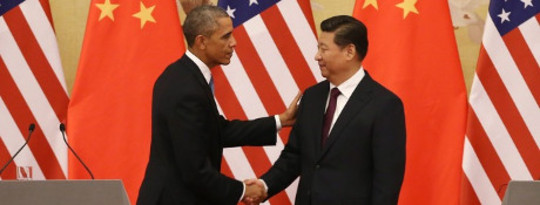
The United States, the world’s biggest historical emitter of greenhouse gases, has pledged to cut emissions by 26-28% by 2025 relative to 2005 levels, while China, the current biggest emitter, has promised to peak its emissions by no later than 2030.
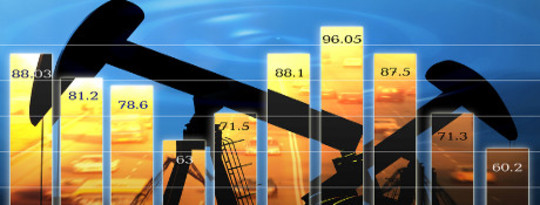
Warnings within the world of high finance are coming thick and fast that the increasingly urgent need to combat climate change means investors could lose heavily by sinking funds into coal, oil and gas.
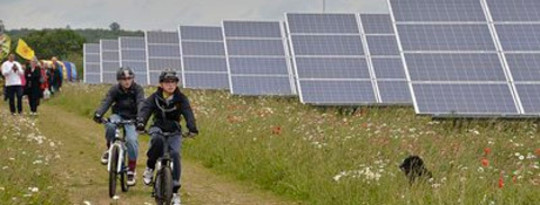
When it comes to providing jobs and money to towns and cities, not all renewable energy is created equal. At last month’s People’s Climate March, among the most popular signs were ones supporting renewable energy like wind and solar as the best way to avoid a climate catastrophe.

Through burning fossil fuels, humans are rapidly driving up levels of carbon dioxide in the atmosphere, which in turn is raising global temperatures.

Groups have been divesting money from oil, coal, and gas for years. Now they’re hoping to get more climate-healing bang for their buck.
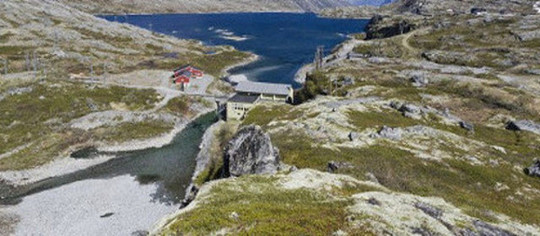
International researchers, in what they believe is the most comprehensive global assessment of clean energy’s potential, report that a low-carbon system could supply the world’s electricity needs by 2050.
- By Sekita Grant
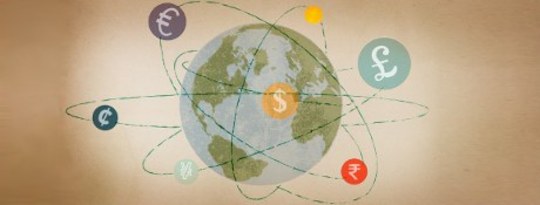
Global business can find good investments that also address climate change by looking to the world’s most vulnerable populations.

Researchers’ urgent message to world leaders at the UN climate summit: save 1.4 million lives and trillions of dollars by controlling vehicle pollution, improving public transport and shifting away from the car culture.
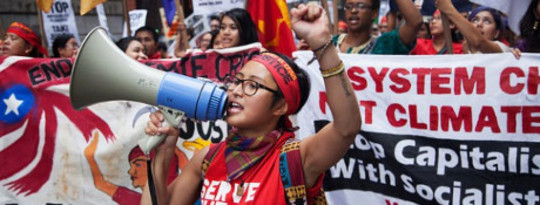
Combined, the People’s Climate March on Sunday followed by Flood Wall Street the next day, uplifted a narrative around climate change that was impossible for even the most mainstream of media to ignore. In the words of Fox News talking head James Carville, “It’s the economy, stupid.”
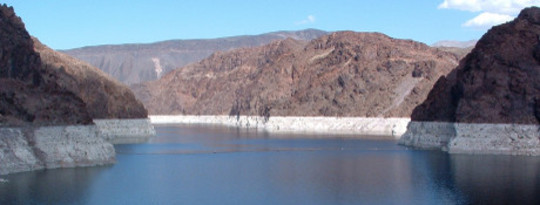
Despite what appears to be an insurmountable problem, it may be possible to significantly reduce global water scarcity in 35 years.
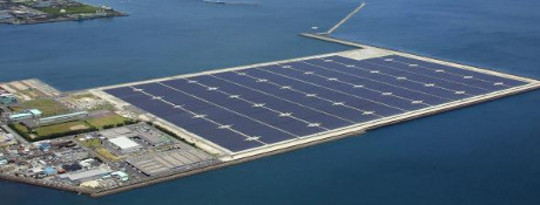
Two companies in Japan recently announced they are to begin building two huge solar power islands that will float on reservoirs. This follows Kagoshima solar power plant, the country’s largest, which opened in late 2013 and is found floating in the sea just off the coast of southern Japan.

The critical links between water, sanitation, and our global consumption of energy – the “energy-water nexus” are more obvious than ever before. But how many of us will take direct action at the most basic level of all?

Whenever I tell people I work with solar cells I am asked the same two questions: are they ever going to be really cheap? And can you get me some? While the answer to the second question is no, the answer to the first is a lot more positive.

Scientists in the US believe they have identified a way to feed billions more people, while at the same reducing the strains and stresses on the environment.
- By Todd Reubold

Globally 1.2 billion people live in areas of water scarcity — defined by the United Nations as locations with an annual water supply that drops below 1,000 cubic meters per person.

The UK government’s senior adviser on science has made an entirely sensible call for researchers and policy makers to move the climate change debate towards workable strategies and solutions. The trouble is, the models we have for assessing those strategies are deeply flawed.
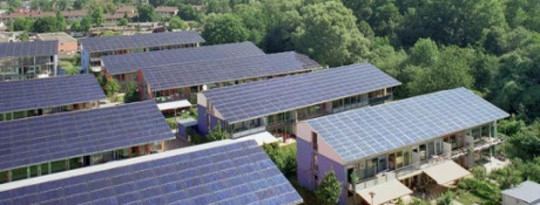
A guidebook with a difference is selling well in Germany. It details nearly 200 renewable energy sites it thinks will appeal to tourists. Wind turbines and solar panels: do you love them or hate them? Do you think of renewable energy as the way to a greener future, or an awful blight on the present?













